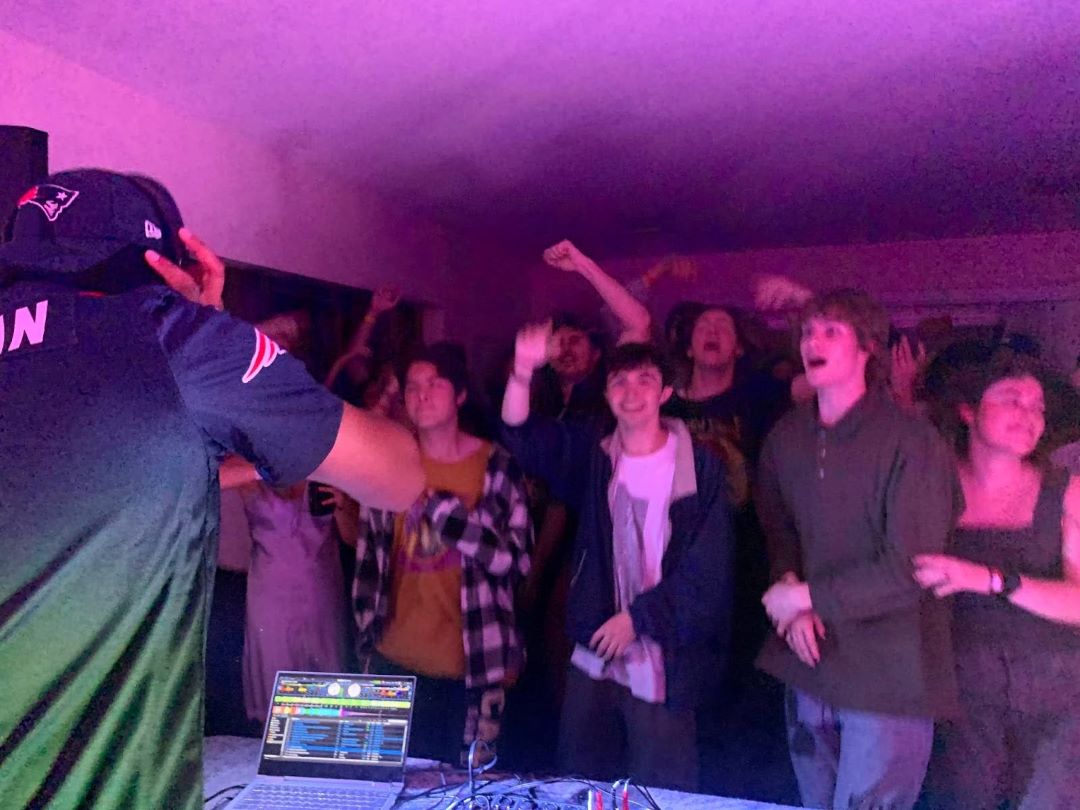Neon lights reflect off the faces of the dimmed crowd as they wait to see their favorite artist, breaking into applause as a 16-year-old girl with teal pigtails is projected onto the stage.
Hatsune Miku, also named Character Vocal Series 01 (CV01), is a Japanese popstar created by Crypton Future Media in 2007. Her voice is composed of synthesized samples from voice actress Saki Fujita, which was developed into a voice bank for the multi-million dollar musical persona, accompanied by the animated mascot that has now toured across the globe.
Hatsune Miku’s popularity is a clear display of the rapid technological advancements in recent years and their effect on the production of music throughout the world.
In terms of music, the latest technological development the industry has seen is the use of artificial intelligence in composition and production. AI has a number of high-speed capabilities, like generating entire songs from just one-sentence prompts on websites like Suno and Udio.
Some members of Cal Poly’s Music Production Union have begun to implement AI into their own musical production process, while others remain completely free of the technology to ensure they have complete creative control.
David Fedor, a fourth-year materials engineering major, serves as an officer of Cal Poly’s Music Production Union and has been DJing since he was thirteen. He began implementing AI into his music through Serato Stems, a technology that isolates the bass, drum, vocals and melodies of a track into different stems to then layer with other tracks.

“We’re doing the same things, but we can just do them way faster, way more efficiently and that like, kind of allows us to take more creative liberty,” Fedor said.
Isolating instruments through AI was a core piece of production in the 2023 release of the Beatles’ song “Now and Then,” which used a 1977 demo from John Lennon that was given to the band following his passing. Through AI, producers were able to separate Lennon’s vocals from the piano and ultimately produce the track over 50 years after the band’s last album.
“Now and Then” went on to be nominated for Record of the Year and Best Rock Performance at the 2024 Grammys and was the first song that utilized AI to be nominated for a Grammy award.
Although a large part of the community still takes a hands-on, AI-free approach to their work, many see AI as the next step in the development of music, similar to the switch from analog to digital production that happened in the 1970s.
“AI is definitely the future. It’s here to stay, it’s not going anywhere. It’s only gonna get better,” Fedor said.
AI may be able to produce four-minute-long surf rock odes to KCPR, but the community found within the crowds of concerts and artist collaboration cannot be replicated by an algorithm.
With rising fears of what AI means for the music industry and the people within it, it remains imperative that people can create and listen to music they enjoy, whether that is the virtual popstar Hatsune Miku or local artists like Fedor. The value of music remains in the connection it brings to listeners and artists in the unspoken bond of vulnerability and understanding.


